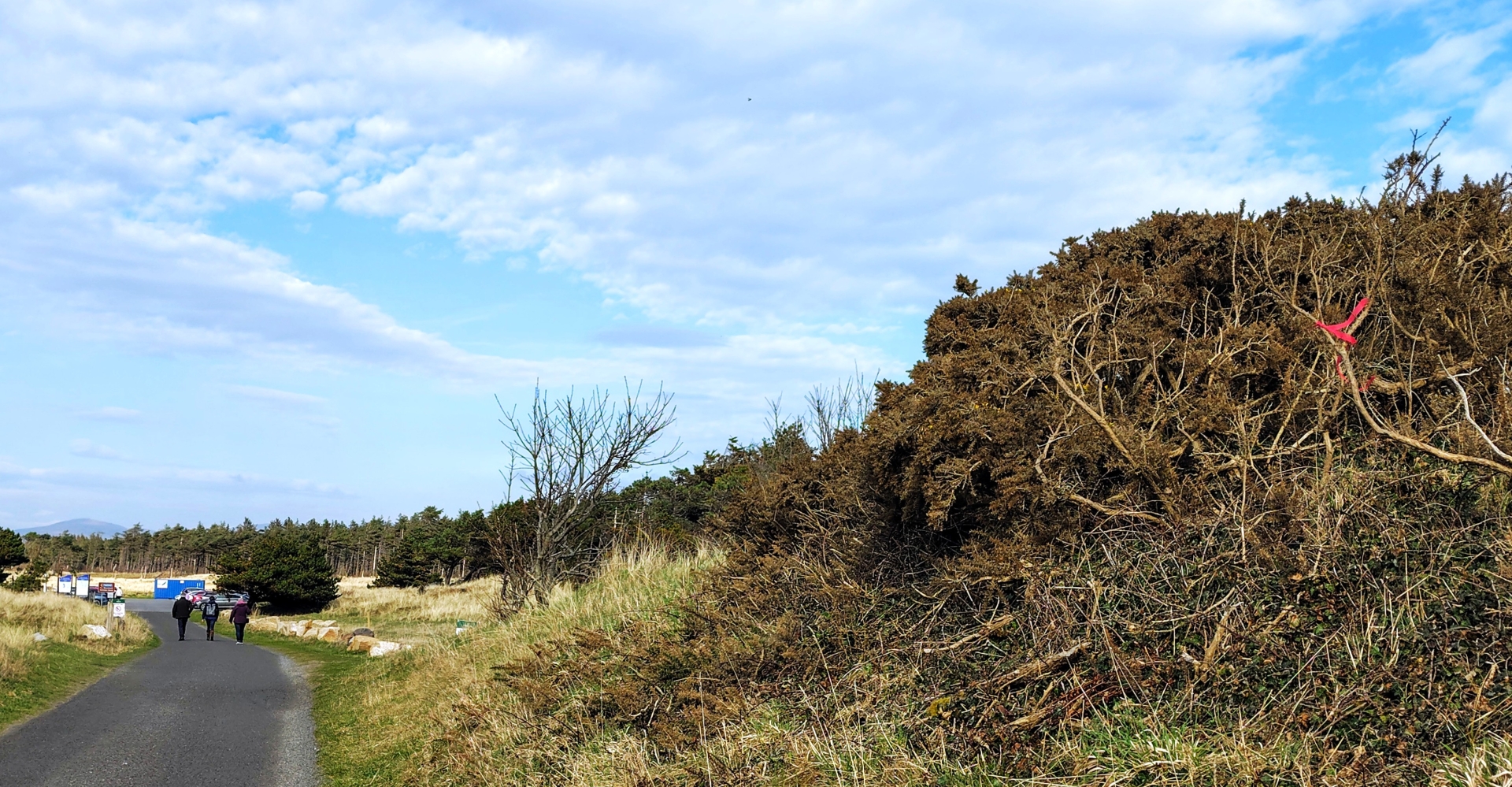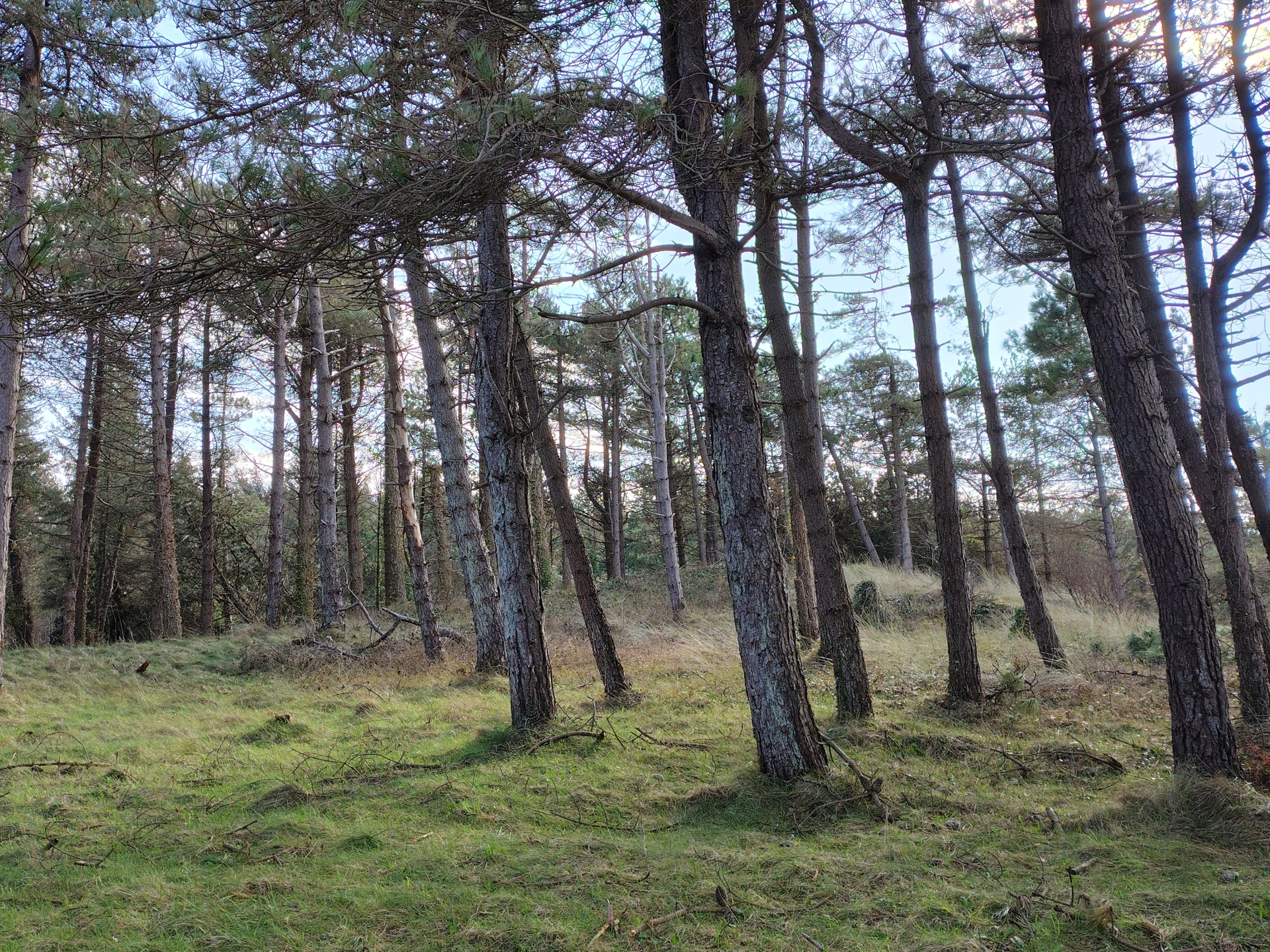
A public meeting took place at St Brigid's Community Centre, Ballintra, and on site at Murvagh
There was a strong turnout for an information event on the 11 hectare Murvagh Life Insular dune restoration project which includes the removal of around seven hectares of forest.
Experts from Coillte and the National Parks and Wildlife Service (NPWS) were on hand at the event in St Brigid’s Community Centre, Ballintra and on site at Murvagh on Saturday, March 8. They were there to outline the latest plans and to answer questions.
READ NEXT: New era for iconic Donegal Town music shop as Paddy Ward prepares for retirement
Among those in attendance were members of Friends of Murvagh Beach, as well as a group of concerned individuals who had come together to highlight and question some aspects of the project, and to formally lodge an appeal.
They were joined by many of the people for whom Murvagh Beach and forest hold a special place in their lives, be it for general recreation or physical and emotional well-being; and by others who had a particular interest in the biodiversity of the site.
Those present heard that the Life Insular project will see a loss of 6% of the forest for a 30% increase in dunes. The rationale for doing so is to preserve the dune habitat to help mitigate the effects of climate change, and to significantly increase the ecological value of the dune habitat.
It was explained that the marram grass on the dunes help trap the sand and prevent it being blown away. Furthermore, by clearing an area of trees, it would allow ground flora and fauna an opportunity to develop naturally.

Red tape on trees in the area marks the area designated for felling. Following consultation, the felling area has been adjusted to allow for a degree of tree cover to be maintained on the forest trails and paths. It was also pointed out that the felling area will follow the natural contours of the area rather than running in straight lines.
Concerns were raised about the removal of leading line trees which naturally form deeper roots, thus protecting the rest of the forest. It was outlined how the people involved in the sand dune restoration and those involved in the woodland biodiversity had come together to reach an agreement on where to draw the line, based on climate change mitigation and ecological development.
Regarding a 79 hectare felling licence recently granted to Coillte, it was explained that this is part of a wider biodiversity plan for the area which will run in conjunction with the Life Insular project.
Unlike the near-total clearance of Life Insular, the licence applies to a 10-year plan to thin the forest while maintaining the canopy. This is with a view to improving and supporting biodiversity.
In regard to suggestions that the forest should be allowed to transition naturally into woodland, the Coillte team explained: “If we don’t intervene, it won’t happen naturally. We will have this area of Corsican pines that will grow and eventually die off but nothing else will have grown.

“By intervening, we are helping other plant species to take hold, and giving a fighting chance to small mammals who are at risk from predators who use the trees for cover.”
Another major local concern is for the long-term management plan. Coillte representatives agreed to requests from members of the public to have the management plan made available.
The Coillte and NPWS teams accepted that Murvagh Beach and forest had many benefits for those who went there for their mental well-being, and stressed that their plans for managing biodiversity would take account of how people interacted with the area.
Regarding a concern raised about the presence of carbon in the soil, and its potential release if felling were to take place, the Coillte team said that this was not currently something for which there was a system in place to measure.
A suggestion was put forward to carry out the Life Insular project in the grassy area north of the car park rather than felling trees south of the car park.
Coillte responded that this grassy area was already featured in the overall dune conservation and woodland biodiversity plans.
They stressed that dune habitats such as that found at Murvagh are rare and precious, and require intervention to be maintained and improved.
It was asked if Coillte had any commercial interest in the felling of trees for the Life Insular project. Those in attendance heard that funding of 75% of the costs is coming from the EU, with Coillte meeting the remaining 25% of the cost. It was acknowledged that timber may be sold if suitable, but that this was not in any way the reason for removing it.
Further meetings are expected to take place in the coming months. People with questions or concerns are encouraged to attend and to address their issues directly with the people behind the project.

The damage caused by Storm Eowyn was also discussed. Coillte is due to carry out a detailed drone survey in order to establish the extent of the damage and to establish the safest way to remove fallen trees which are currently blocking trails.
Follow Donegallive.ie for coverage of news, sport and events across Donegal
Subscribe or register today to discover more from DonegalLive.ie
Buy the e-paper of the Donegal Democrat, Donegal People's Press, Donegal Post and Inish Times here for instant access to Donegal's premier news titles.
Keep up with the latest news from Donegal with our daily newsletter featuring the most important stories of the day delivered to your inbox every evening at 5pm.